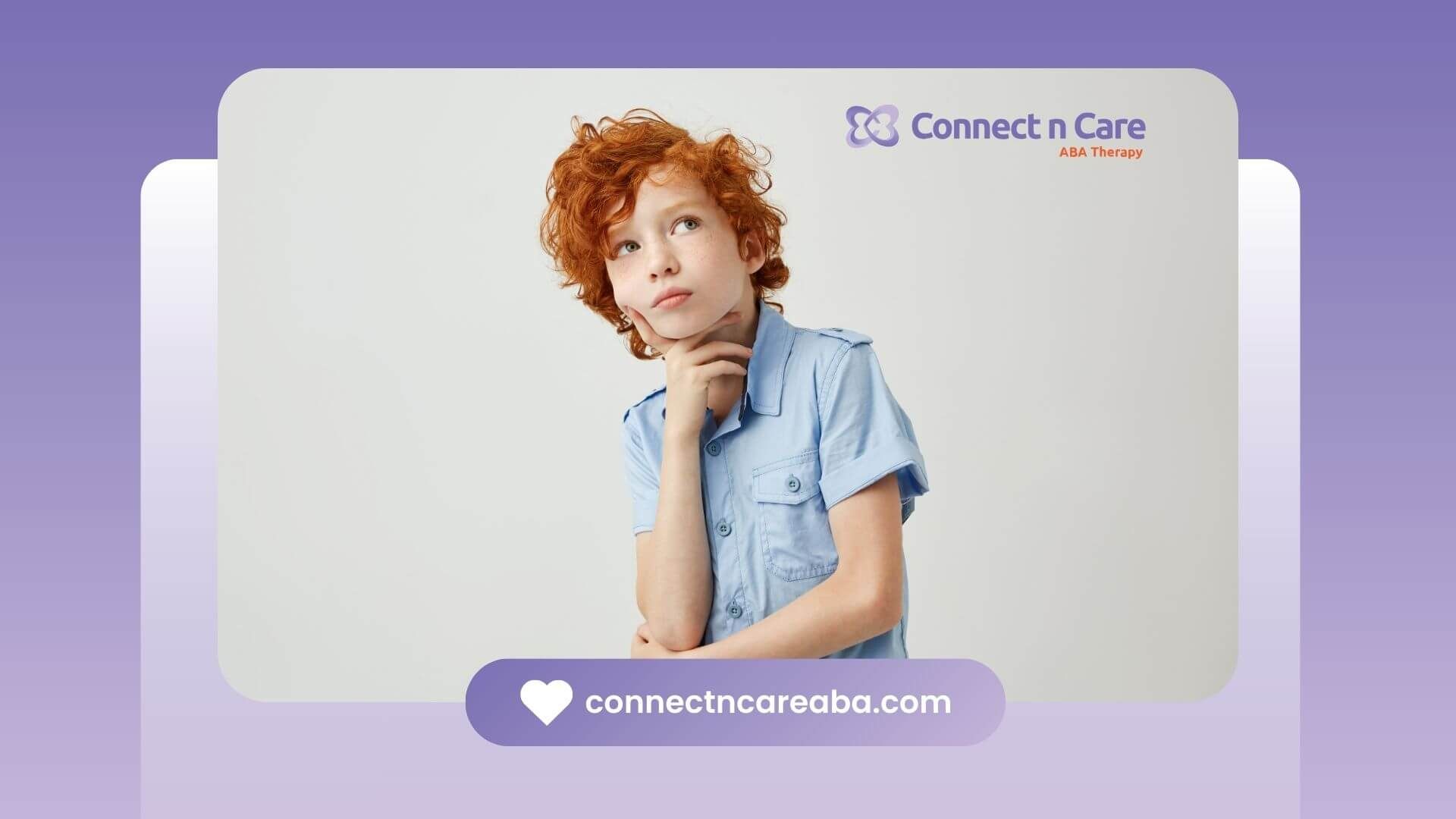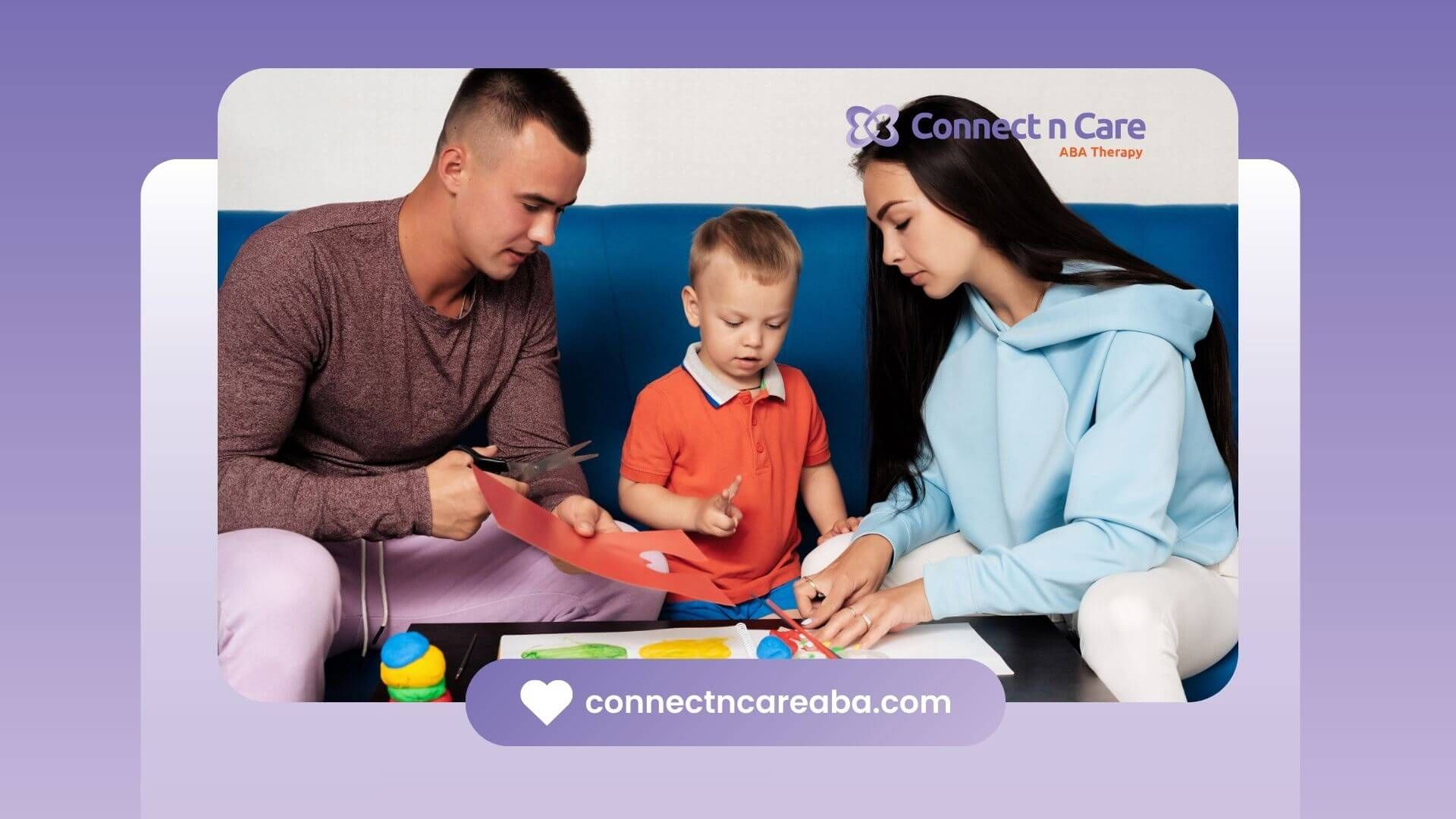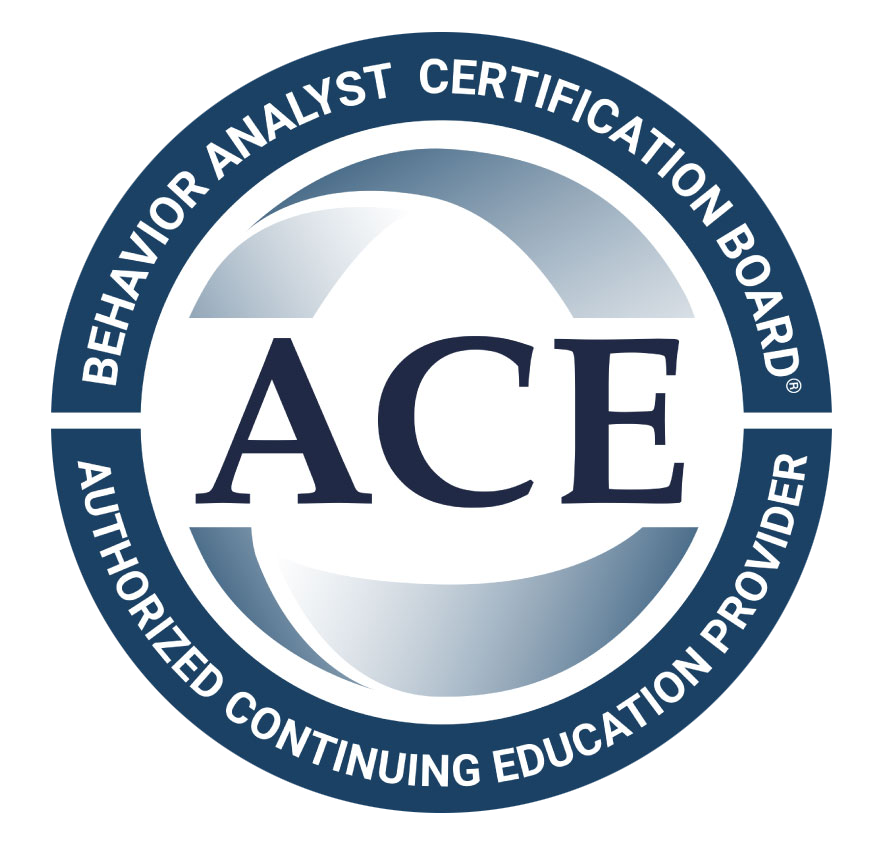Social story ABA therapy has gained attention as a structured way to help individuals with autism understand social situations and expected behaviors. Recent data indicate that about 1 in 54 children in the United States has an autism spectrum disorder diagnosis. For parents, educators, and therapists, finding clear, evidence-based strategies is essential. Social stories offer tailored narratives that prepare learners for new events, manage anxiety, and teach social skills in a gentle, visual format.
Social Story ABA therapy combines Applied Behavior Analysis principles with narrative techniques developed by Carol Gray in the early 1990s. These stories use simple, descriptive language and visuals to convey expectations and guide appropriate responses in a variety of contexts. What makes social stories a go-to tool in many ABA programs? Their flexibility allows customization for individual needs, and they integrate seamlessly with positive reinforcement procedures.
This article outlines key aspects of social story use in ABA therapy. It covers the fundamentals of ABA, the core components of social stories, practical steps for implementation, methods for evaluating outcomes, best practice guidelines, common challenges, and avenues for future research. By the end, families and professionals will have a clear roadmap for integrating social stories into effective learning plans.
ABA Therapy Fundamentals
Applied Behavior Analysis relies on systematic observation, data collection, and reinforcement to shape behavior. It focuses on measurable actions rather than internal states, making it well-suited for teaching social, communication, and daily living skills.
Origins and Principles
ABA therapy traces back to the UCLA Young Autism Project led by Dr. Ivar Lovaas in the 1970s. In one landmark study, 47 percent of children receiving intensive ABA treatment reached typical intellectual and educational functioning, compared with just 2 percent in a control group. Key principles include positive reinforcement, task analysis, and data-driven decision making.
Evidence Base and Standards
The US Surgeon General and the American Psychological Association endorse ABA as an evidence-based best practice for autism spectrum disorders. More than 20 studies have shown that intensive ABA leads to gains in language development, daily living skills, and social functioning. Modern ABA emphasizes skill building and quality of life over punitive methods.
Social Story Basics
Social stories are short narratives that describe a situation, highlight appropriate responses, and offer reassurance. They help individuals with autism navigate transitions, social interactions, and new routines by reducing uncertainty.
Core Components and Format
Effective social stories follow a structured format that may include:
- Descriptive sentences that explain who is involved and what happens
- Perspective sentences that describe how the learner might feel
- Directive sentences that suggest appropriate responses
- Control sentences that affirm the learner’s confidence
Visual supports such as photographs, illustrations, or icons often accompany text to reinforce comprehension.
Targeted Skill Areas
Social stories can address a range of skills and behaviors. The table below summarizes common targets:
| Skill Area | Example Scenario |
|---|---|
| Social Interaction | Greeting peers in a classroom |
| Emotion Regulation | Managing frustration during tasks |
| Daily Routines | Washing hands before meals |
| Transitions | Moving between activities at school |
| Safety Behaviors | Covering the mouth when sneezing |
Integrating Social Stories
Introducing social stories into an ABA program involves careful planning and collaboration among therapists, educators, and families.
Writing Effective Stories
Each story should be individualized to the learner’s language level, interests, and needs. Practitioners should:
- Identify the specific behavior or situation
- Use clear, simple language and a supportive tone
- Incorporate the learner’s name and first-person perspective
- Include visuals that match the text
Revising stories based on feedback and observed reactions helps maintain relevance.
Presentation Methods
Social stories can be delivered through multiple modalities:
- Printed booklets or laminated cards
- Digital slides or video presentations
- Role-play scenarios with peers
- Integration into daily schedules
Combining reading with discussion and role play enhances engagement and retention.
Measuring Story Outcomes
Data collection and analysis ensure that social stories are producing the desired behavior changes.
Data Collection Techniques
Common approaches include:
- Event recording to track instances of target behavior
- Frequency counts before and after the story introduction
- ABC (Antecedent-Behavior-Consequence) charts to identify triggers
Regularly reviewing data helps identify trends and inform adjustments.
Evaluating Progress
Practitioners should graph behavioral data to visualize improvements over time. Setting specific, measurable goals, for example, greeting peers three times per day, allows for clear evaluation. If progress stalls, revisiting story content or presentation method may be necessary.
Best Practice Guidelines
Several guidelines help maximize the
impact of social stories within ABA frameworks:
Combining With Complementary Methods
Integrating social stories with other ABA techniques often yields stronger outcomes. The following table compares three common strategies:
| Method | Description | Benefit |
|---|---|---|
| Role Play | Practice scenarios with peers or adults | Reinforces skills through rehearsal |
| Feedback Sessions | Provide immediate praise or corrective input | Increases motivation and clarity |
| Video Modeling | Use recorded examples of appropriate behavior | Offers a visual demonstration |
Challenges and Considerations
While social stories enjoy broad acceptance, professionals should remain aware of limitations and ethical factors.
Evidence Limitations
Research on social story effectiveness is mixed. Some reviews report strong gains in social understanding, while others call for more rigorous, randomized controlled trials. Single-subject designs dominate the literature, and only a few studies examine long-term outcomes and generalization.
Ethical and Cultural Sensitivity
Stories must respect cultural backgrounds and family values. Avoid stereotypes and ensure that language and imagery are appropriate. Involving caregivers in the review process promotes relevance and ethical integrity.
Future Research Directions
Continued investigation will refine social story implementation and outcomes.
Refining Story Design
Future studies may explore which narrative features, such as sentence type or visual style, best support learning. Researchers could test different formats to determine optimal length and complexity.
Exploring Technology Integration
Digital tools and apps offer new ways to deliver social stories. Interactive platforms could provide real-time feedback and track engagement metrics automatically.
Assessing Long-Term Outcomes
Longitudinal research is needed to understand how skills acquired through social stories sustain and generalize over time. Questions remain about maintaining progress as learners encounter new environments.
Conclusion
Social stories represent a valuable resource within an ABA therapy toolkit. By combining narrative structure with behavior-analytic principles, they help individuals with autism develop social understanding, manage emotions, and navigate daily routines. Practitioners should personalize content, engage caregivers, collect data, and integrate complementary methods for best results. Families and educators in North Carolina may consult certified ABA professionals to design and implement tailored social story interventions that support effective learning and long-term skill development.
At Connect n Care ABA, we use tools like social stories to help children with autism build social understanding, manage emotions, and gain confidence in daily routines. Serving hundreds of families, our BCBAs and therapists create customized interventions that combine proven ABA strategies across North Carolina with family collaboration. By integrating social stories into therapy, we make learning practical, meaningful, and lasting.
Contact us today to discover how our individualized ABA programs can support your child’s growth at home, in school, and in the community.
Frequently Asked Questions
What are social stories in ABA therapy?
Social stories are short, structured narratives that explain social situations, routines, or behaviors simply and clearly to help individuals with autism understand expectations and respond appropriately.
How do social stories help children with autism?
They improve social understanding, emotional regulation, and daily life skills by breaking situations into manageable steps and offering consistent, predictable guidance.
Can parents and teachers use social stories at home or school?
Yes. Social stories are most effective when reinforced across environments. ABA therapists can train parents and educators to use them consistently so that skills transfer beyond therapy sessions.
SOURCES:
https://asatonline.org/for-parents/learn-more-about-specific-treatments/social-stories/
https://pmc.ncbi.nlm.nih.gov/articles/PMC7489673/
https://pmc.ncbi.nlm.nih.gov/articles/PMC11263915/
https://pmc.ncbi.nlm.nih.gov/articles/PMC2521874/
https://www.appliedbehavioranalysisedu.org/what-is-meant-by-social-narratives-in-the-context-of-applied-behavior-analysis/









